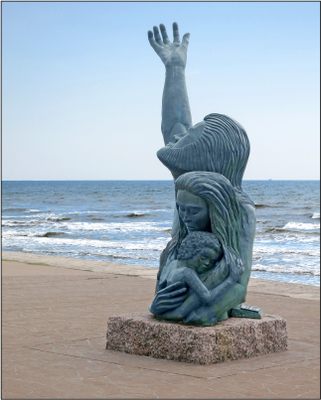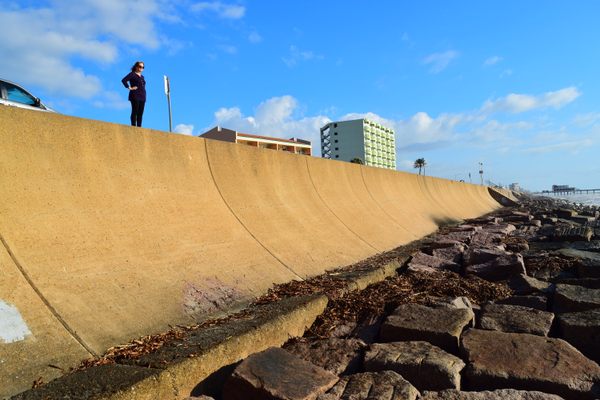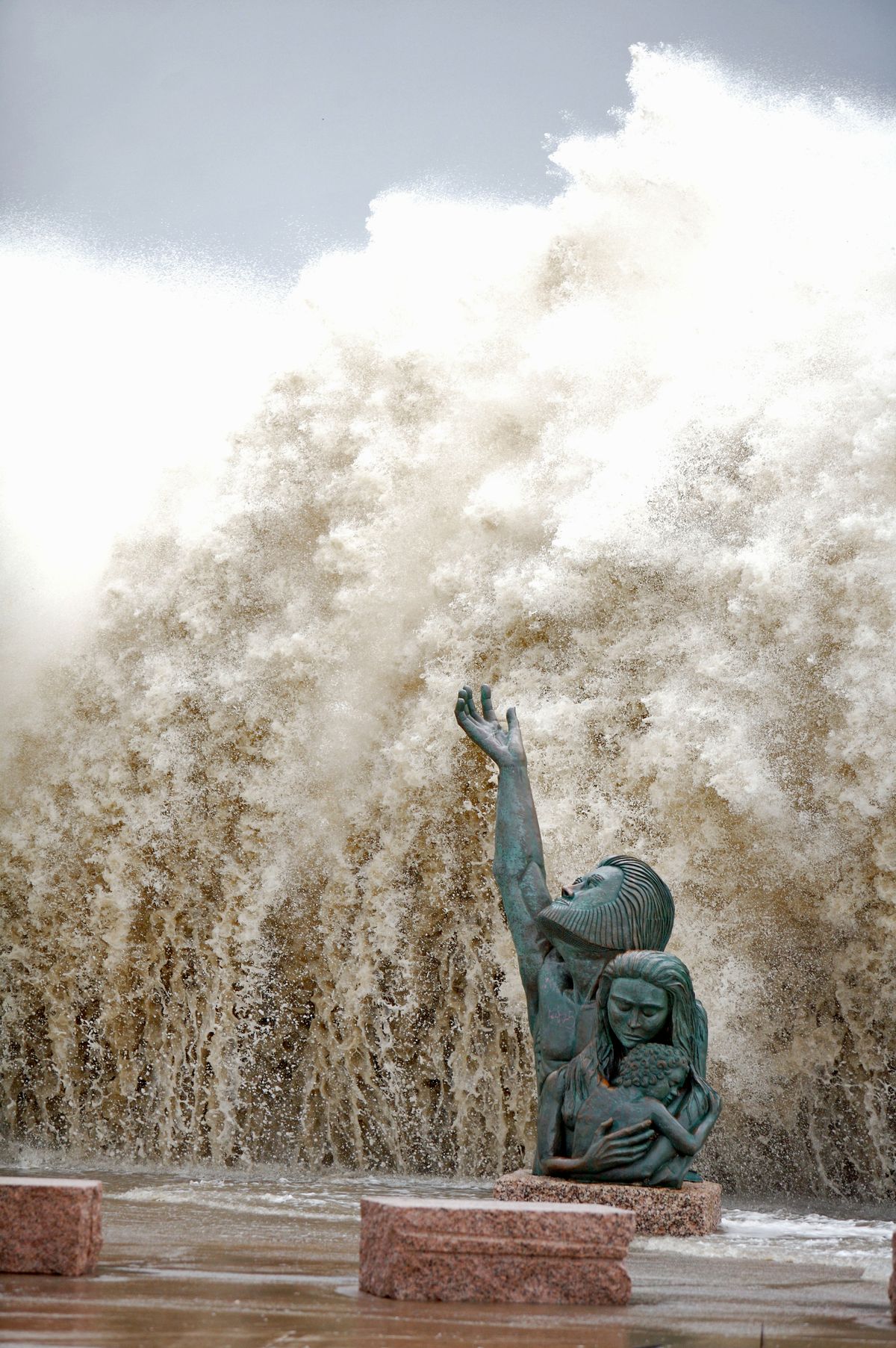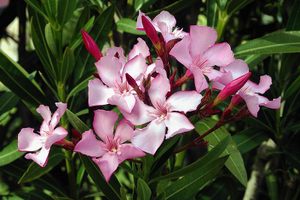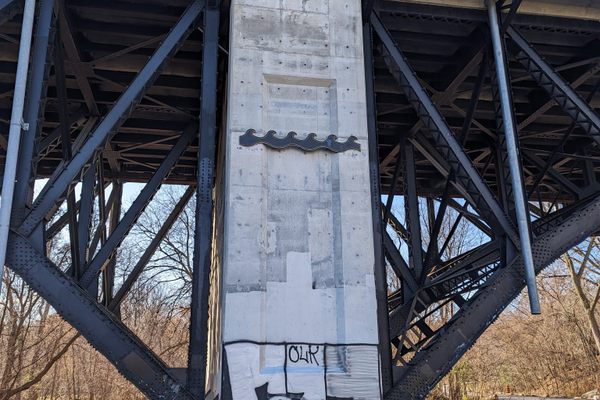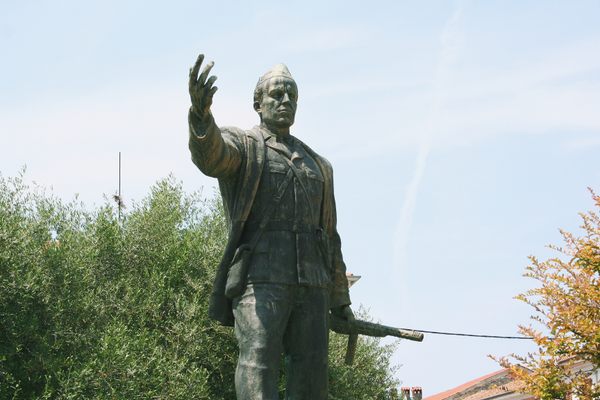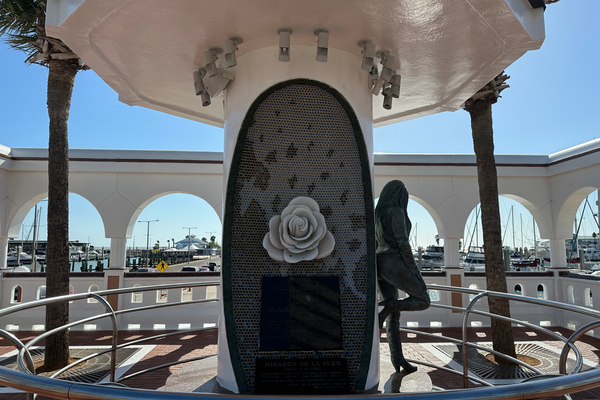About
Along the Galveston Seawall, a 10-mile circuit of beautiful beaches, bars, and restaurants, the 1900 Storm Memorial serves as a somber reminder of the Texas island’s strength. On September 8, 1900, a Category 4 hurricane swept through Galveston, destroying most of what was a prosperous port city. Between 10,000 and 12,000 residents died and thousands more were left homeless. Known as the Great Storm, it remains the deadliest natural disaster in U.S. history.
The seawall was a response to greatly reduce damage from future hurricanes. An engineering marvel unlike any other construction that came before it, the seawall was built over six years by hand. Today, it provides robust protection for over 2,000 structures that have been raised around Galveston since.
Especially in the years after the tragedy, the seawall was an important symbol of resilience for locals who had lost everything. After the once-booming port city had been reduced to rubble, three engineers were given the monumental task of ensuring such a catastrophe would never happen again.
Military engineer Brigadier General Henry Martyn Robert (best known as the author of the parliamentary procedure “Robert's Rules of Order”), working together with civil engineer Alfred Noble and engineer H. C. Ripley, designed a structure that could hopefully withstand nature’s force, and also the test of time.
The construction comprised wooden pilings backed by a sand embankment and protected by stone rip-rap. The most crucial feature, though, was the outward curve on the outer Gulf-facing side of the wall, deflecting incoming waves and preventing water from washing over the top. Beyond the Seawall, the entire southern portion of Galveston Island was elevated by 17 feet, hindering flood damage but also allowing for the development of restaurants, hotels, and more.
Though the seawall is now a bustling tourist strip, the Great Storm is never to be forgotten. On the 100th anniversary of the disaster in 2000, a bronze statue was erected against the seawall to commemorate the victims.
Created by local sculptor David W. Moore, the 10-foot-tall monument of a man, woman, and child clinging together against the storm is a solemn reminder of Galveston’s loss but also its persevering spirit. Often, you’ll see visitors paying their respects here by leaving flowers at the statue’s base.
Related Tags
Know Before You Go
Seawall Boulevard is incredibly lively year-round with outdoor events, from live music performances to sports. Find them all on Visit Galveston’s online calendar.
Community Contributors
Added By
Published
September 10, 2024
Sources
- https://www.galvestonhistorycenter.org/research/seawall
- https://en.wikipedia.org/wiki/Galveston_Seawall
- https://www.visitgalveston.com/plan-your-trip/maps-neighborhoods/seawall-district/
- https://www.bungalowbythebeach.com/blog/1900-storm-statue
- https://en.wikipedia.org/wiki/1900_Storm_Memorial
- https://www.texasstandard.org/stories/new-galveston-sculpture-completes-vision-from-1904/
- https://www.visitgalveston.com/blog/1900-storm-history/


